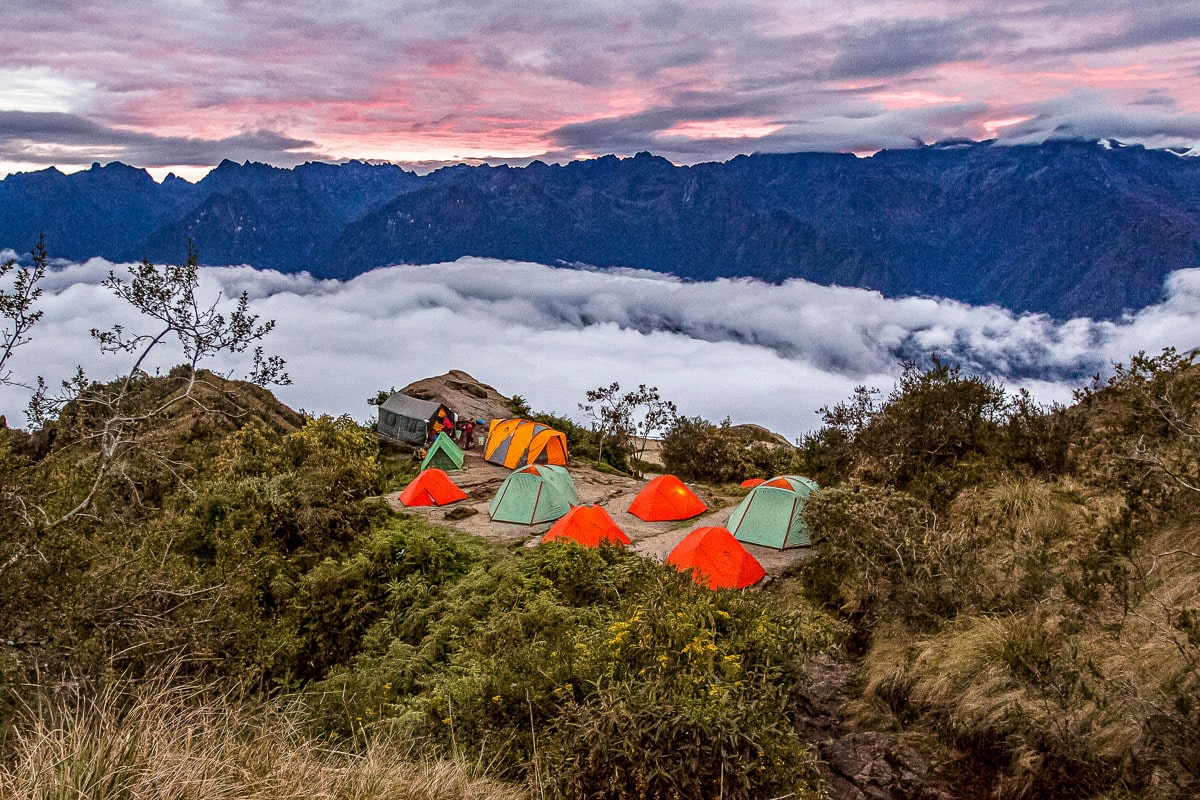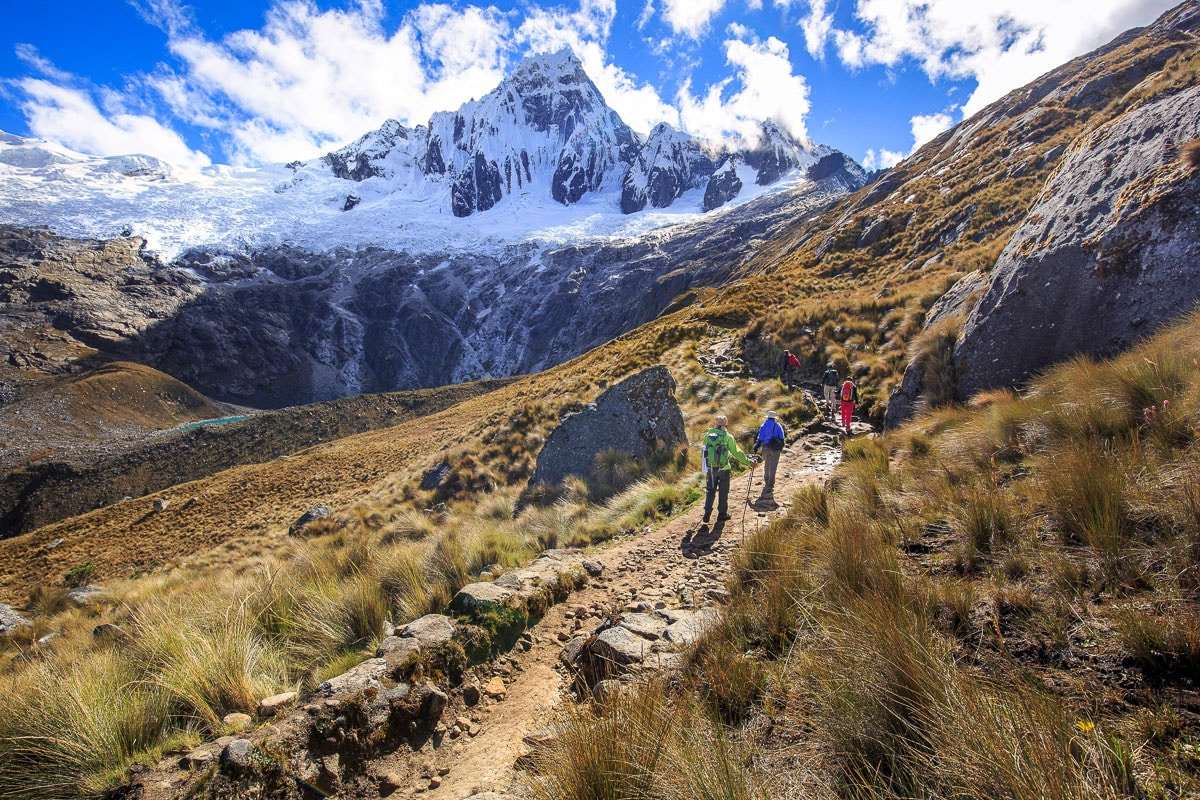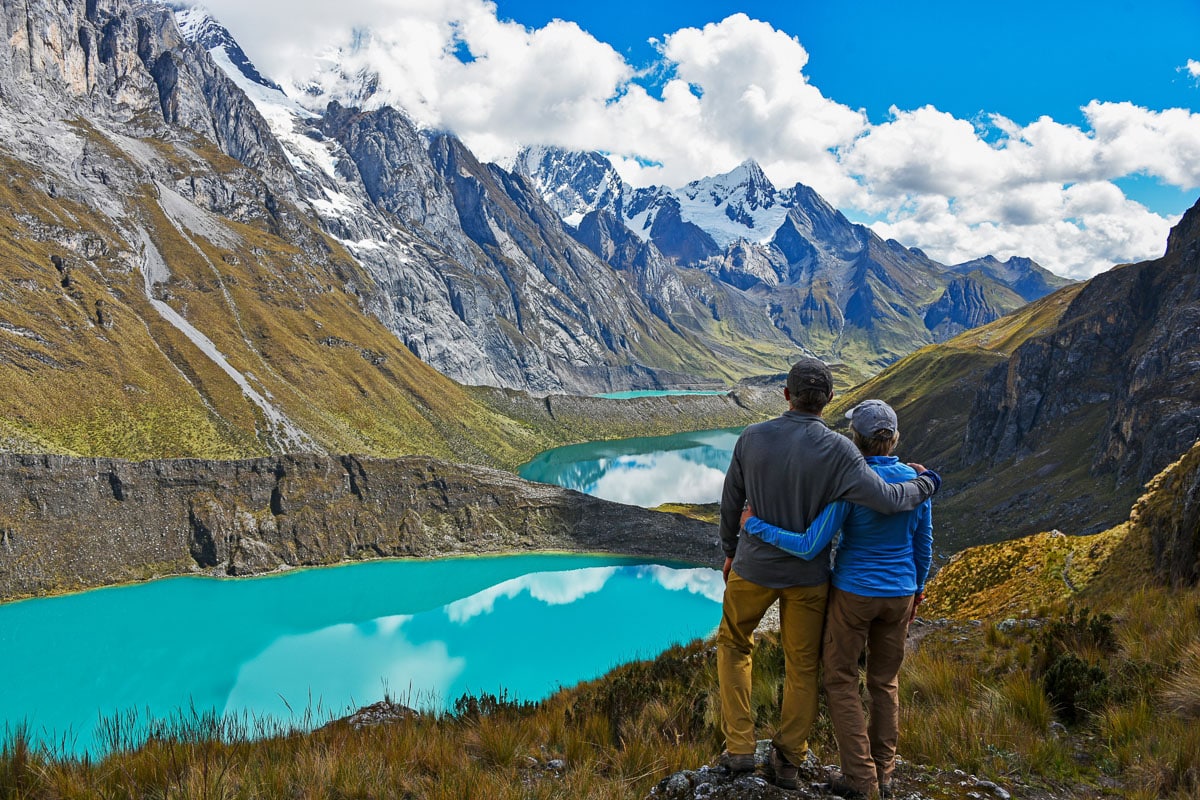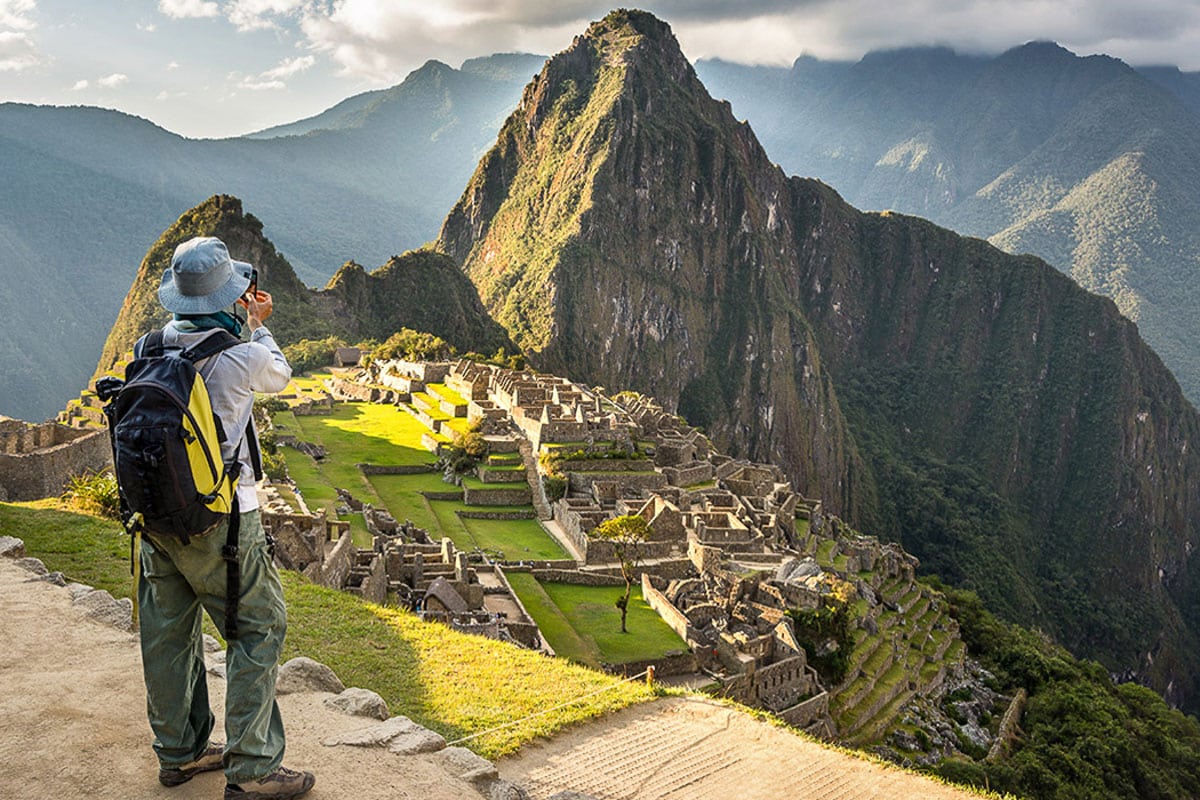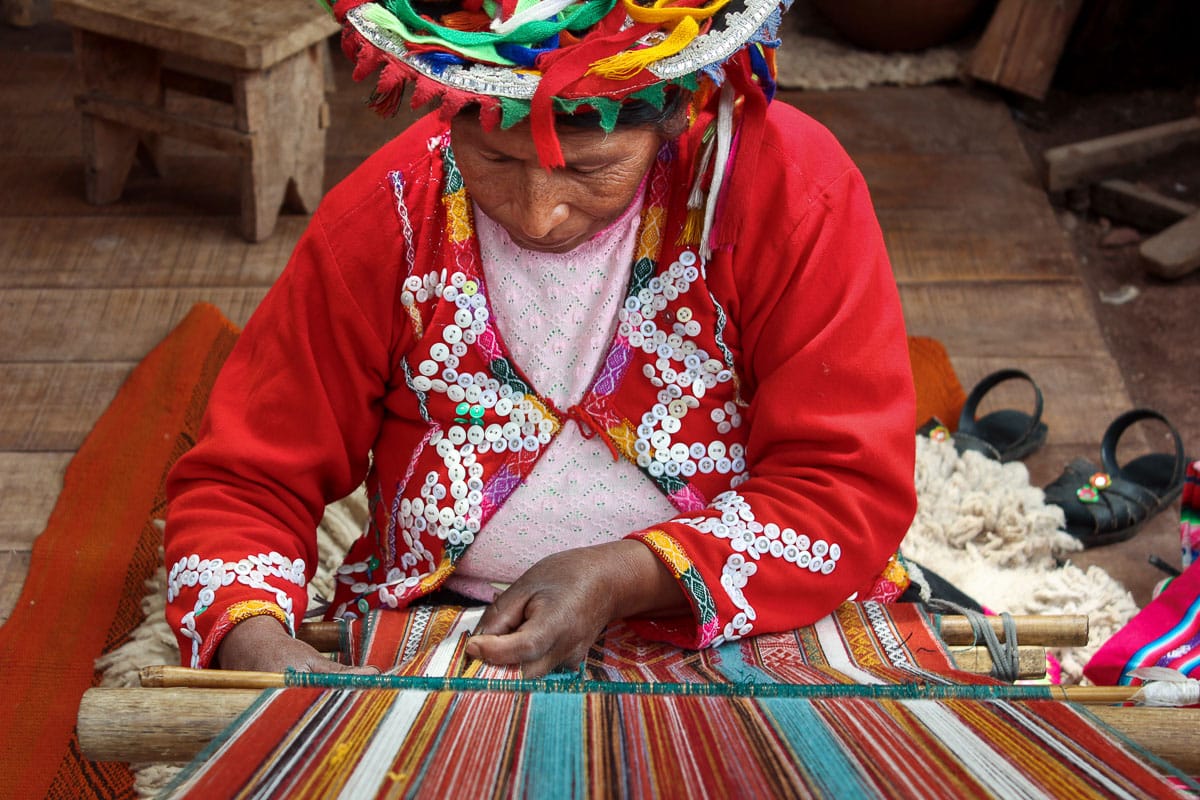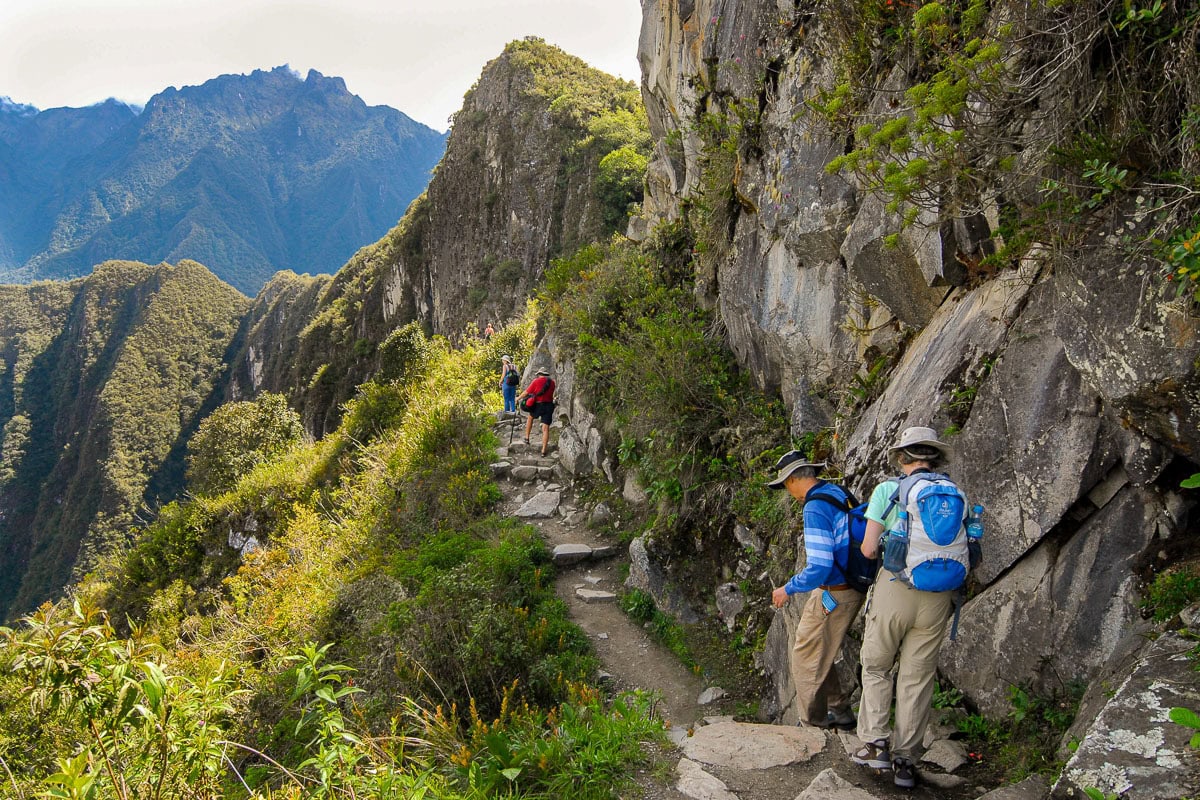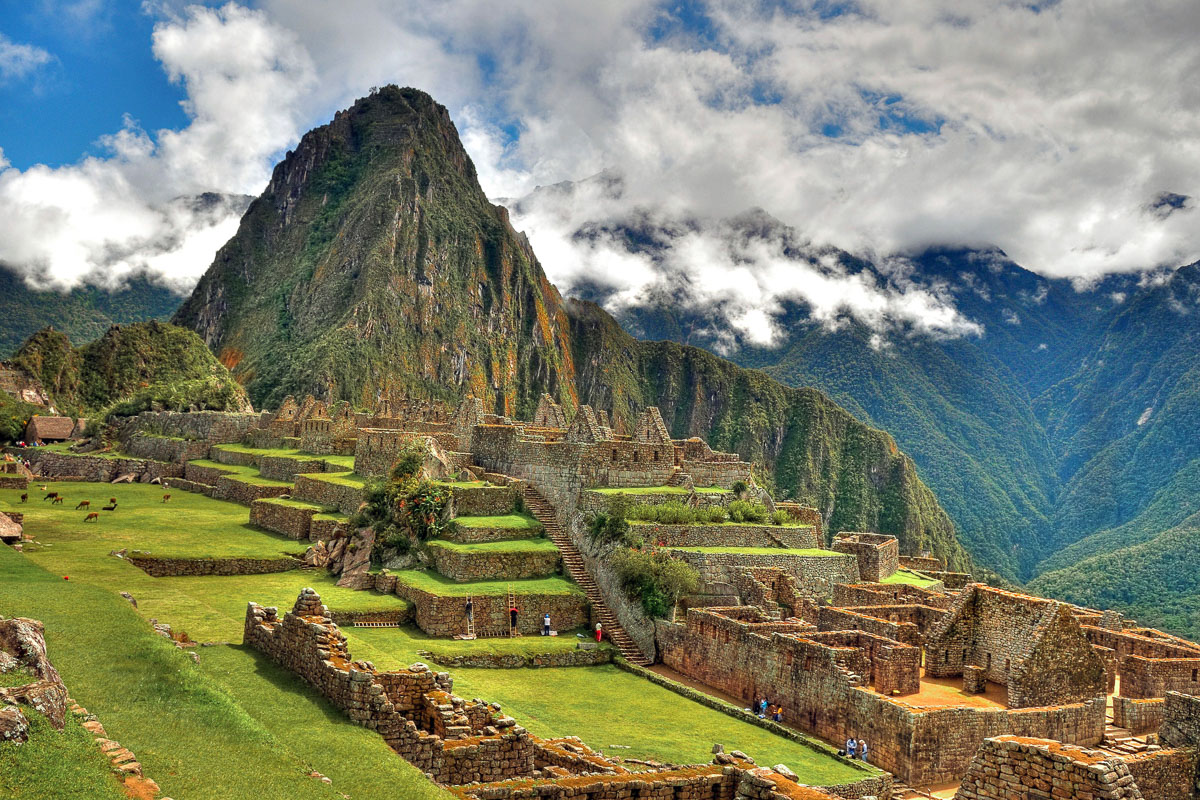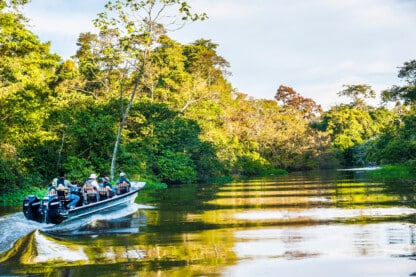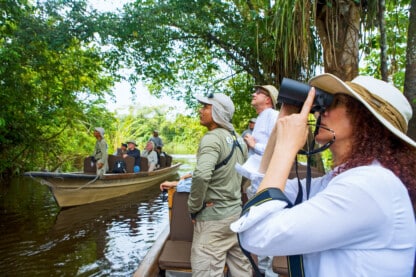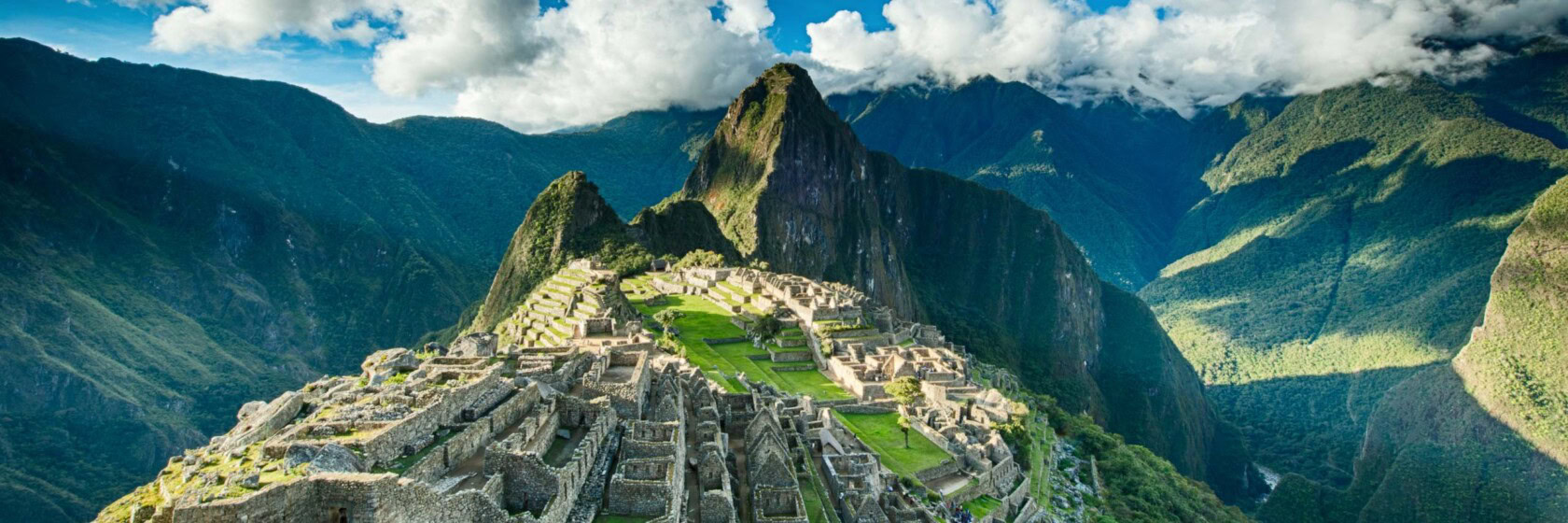
Peru
The World of the Incas – What to Know Before Visiting Peru
Six hundred years ago, the Incas developed the richest empire ever seen in the Americas. Originally a small tribe in Peru’s southern highlands, they grew into a civilization of more than 10 million people from more than 100 different ethnic groups—using diplomacy as well as outright conquest. By the middle of the 15th century the empire stretched for 2,500 miles, from Quito, Ecuador, in the north to Santiago, Chile, in the south, making it the largest in the world at that time.
Ingenious Solutions
Peru’s challenging geography led to innovative engineering. The Incas were master stonemasons and engineers—building roads, walls, and irrigation works that have withstood the powerful earthquakes that frequently hit the region, and are still in use today. They experimented with crops in various microclimates, hauled fertile soil from the valley up to mountaintops, and built ventilated granaries and sophisticated terracing to redistribute water, irrigate crops, prevent erosion, and feed impressive fountains. They even invented freeze-drying: crops were stored at freezing temperatures in the high mountains, and the water inside slowly evaporated under the low air pressure at high altitude.
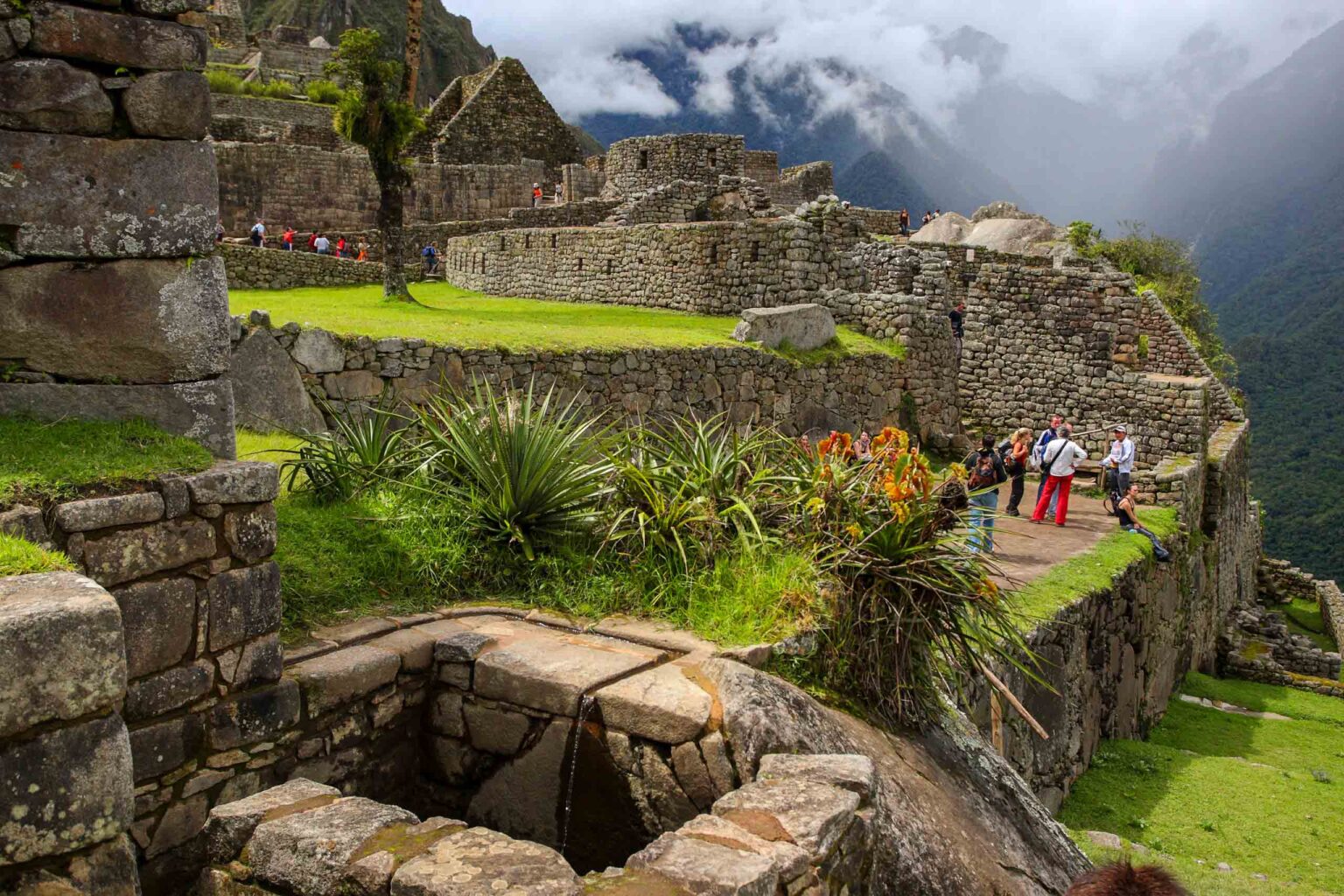
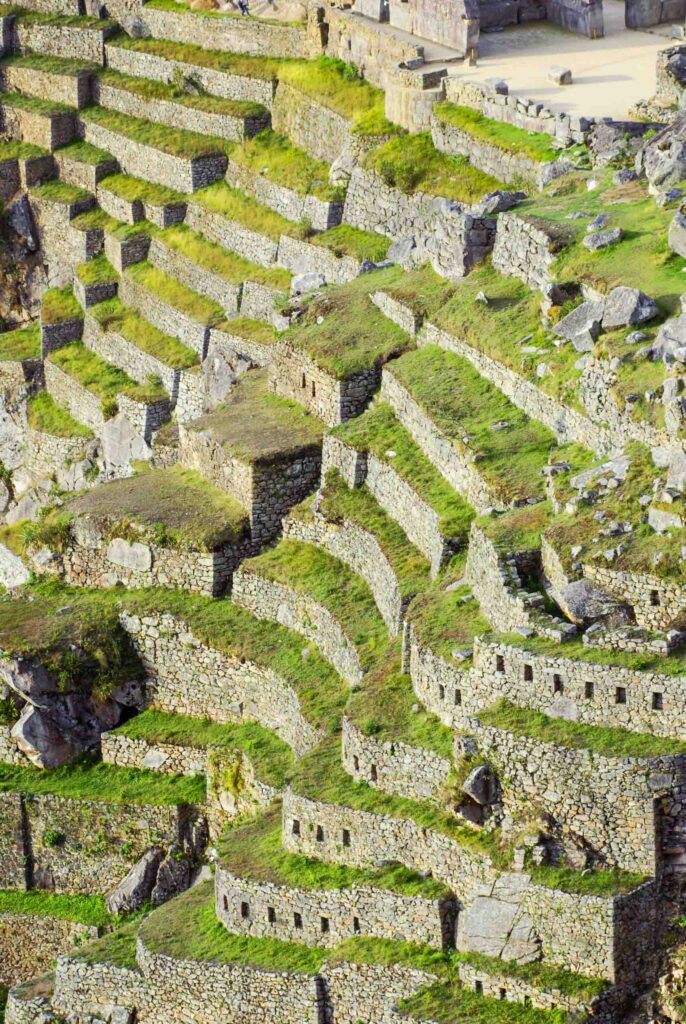
Notable Inca Cities
Cusco
Cusco, the Inca capital, was an elegant imperial city laid out in the shape of a puma. The great fortress of Saqsayhuaman formed its head, while palaces, temples, squares, and streets formed the puma’s body and legs. Palaces with gold- and jewel-encrusted doors served as villas for the Inca nobles and their retinues. The city was so beautiful that “it would be remarkable even in Spain,” according to Pizarro, the Spanish conquistador who would eventually cause its downfall.
Machu Picchu
Machu Picchu, the Incas’ enigmatic mountaintop settlement, is known today as one of the New Seven Wonders of the World. The site is renowned for its temples, tombs, granaries, plazas, stone canals, and more than 700 agricultural terraces. It is especially impressive for its masonry (monumental dry-stacked walls fuse huge stone blocks without using any mortar) and astronomically aligned buildings.
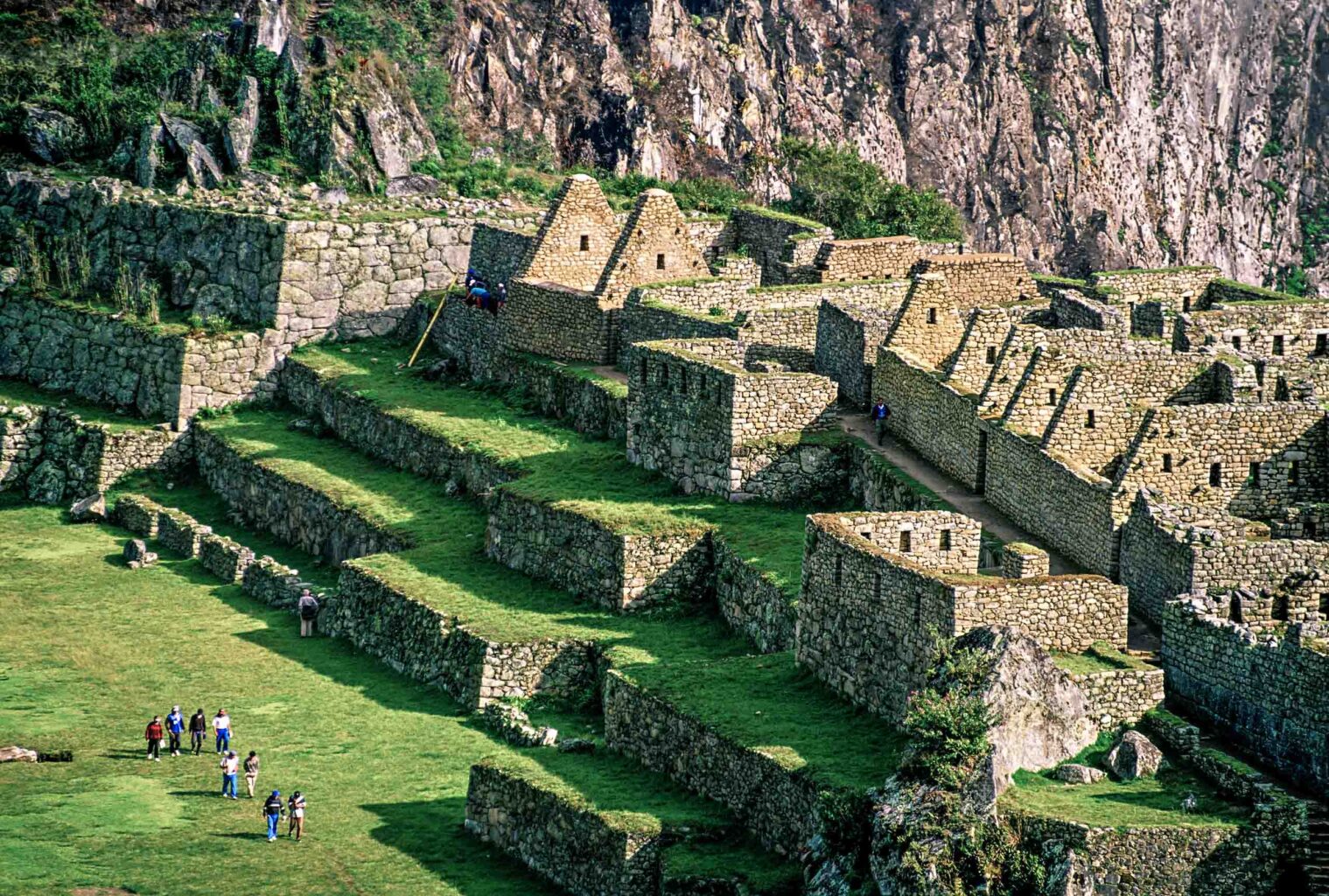
Remarkable Infrastructure and Social Development
The Incas also established a common language and a system of taxation, built extensive storage facilities for grain and potatoes, redistributed food in times of environmental disaster, sponsored religious feasts, and built more than 15,000 miles of roads used by pack animals, armies, porters, and “chasquis”—runners who could carry messages nearly 150 miles in a single day. All this was accomplished in about 100 years, in extremely mountainous territory, without the use of wheels, horses, iron tools, or even a written language.
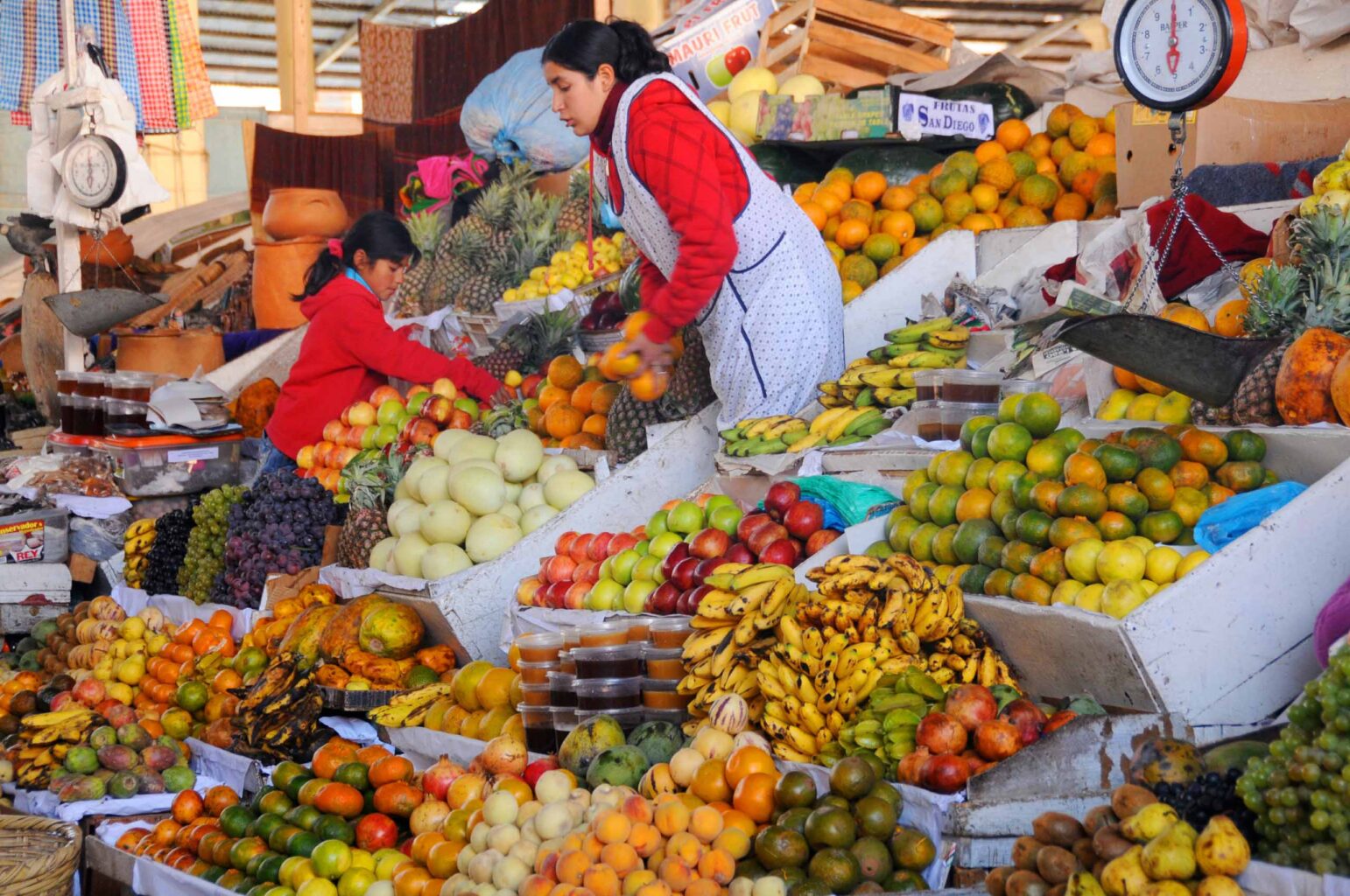
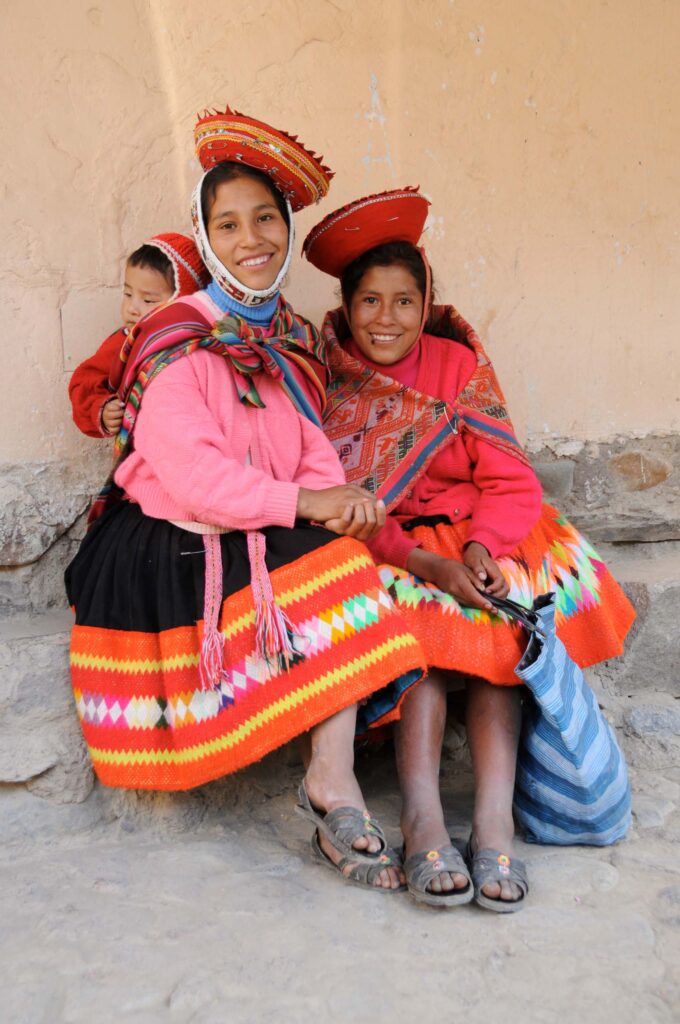
Learn More
Talk to an Expert
Our Latin America Specialists know every detail about our Peru trips. They will be happy to answer any questions and help make sure it’s the right adventure for you. Contact us to learn more or book your trip today!

